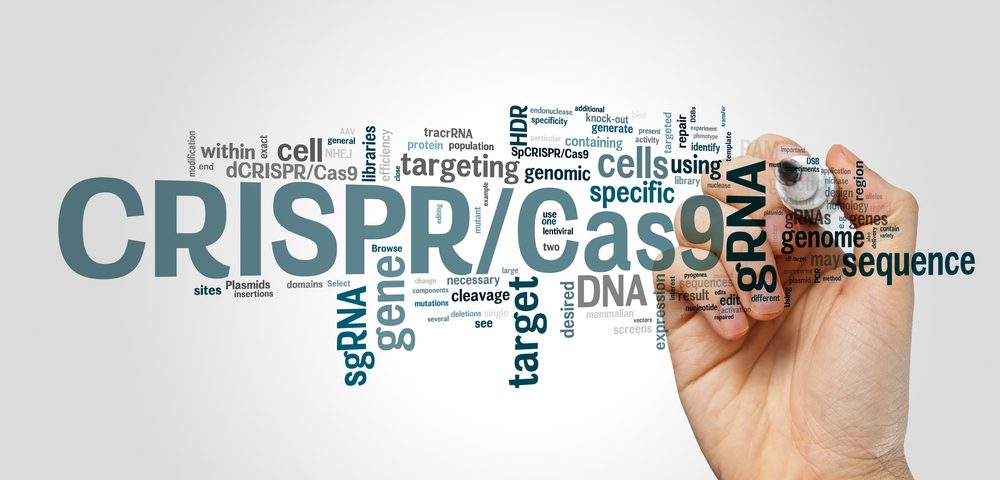An innovative approach allowed researchers to reveal a host of molecular interactions that could be used to improve cervical cancer treatment. The research team used gene editing to uncover cancer genes that also render the tumor vulnerable to certain treatments.
The study, “Combinatorial CRISPR–Cas9 screens for de novo mapping of genetic interactions,” was published in the journal Nature Methods.
In scientific language, the concept of mutations that allow tumors to form — but also provides researchers with specific means of killing them — is called “synthetic lethality.” In this case, synthetic does not refer to man-made, but rather to the mutated cells making up a tumor.
For instance, Lynparza (olaparib) is a drug for the treatment of ovarian cancer in people with mutations in the BRCA genes. Having mutations in these genes makes it likely that a woman will develop cancer. But since the BRCA genes — involved in DNA repair — are faulty, tumor cells rely on another repair system to survive. Lynparza blocks this DNA repair system, called PARP, without doing too much harm to cells without BRCA mutations.
“Many other cancers could likely be treated this way as well, but we don’t yet know which gene mutation combinations will be synthetic-lethal,” John Paul Shen, MD, clinical instructor and postdoctoral fellow at the University of California, San Diego School of Medicine and Moores Cancer Center, said in a press release.
To find out, the team used the gene editing system CRISPR/Cas9, more well-known for its use in attempts to repair disease-causing mutations.
They used the system to simultaneously inactivate a known cancer gene and a gene that is the target of a cancer treatment, in lab-grown human cervical cancer cells. This probing — targeting 73 genes in cervical and lung cancer, as well as embryonic kidney cells — allowed them to identify 120 synthetic-lethal interactions.
“Identifying underlying genetic interactions in this way can reveal important functional relationships between genes, such as contributions to the same protein complex or pathway,” said co-senior author Trey Ideker, PhD, professor in the UC San Diego School of Medicine.
“This, in turn, can impact both our fundamental understanding of biological systems, as well as therapeutics development,” added Ideker, who is also the founder of the UC San Diego Center for Computational Biology and Bioinformatics and co-director of the Cancer Cell Map Initiative.
Many of the interactions identified by the team were seen in only one of the cancer cell types, indicating that various cancers have different synthetic-lethal interactions that could be explored in treatment development. The team is now working to improve the method to identify even more interactions.

